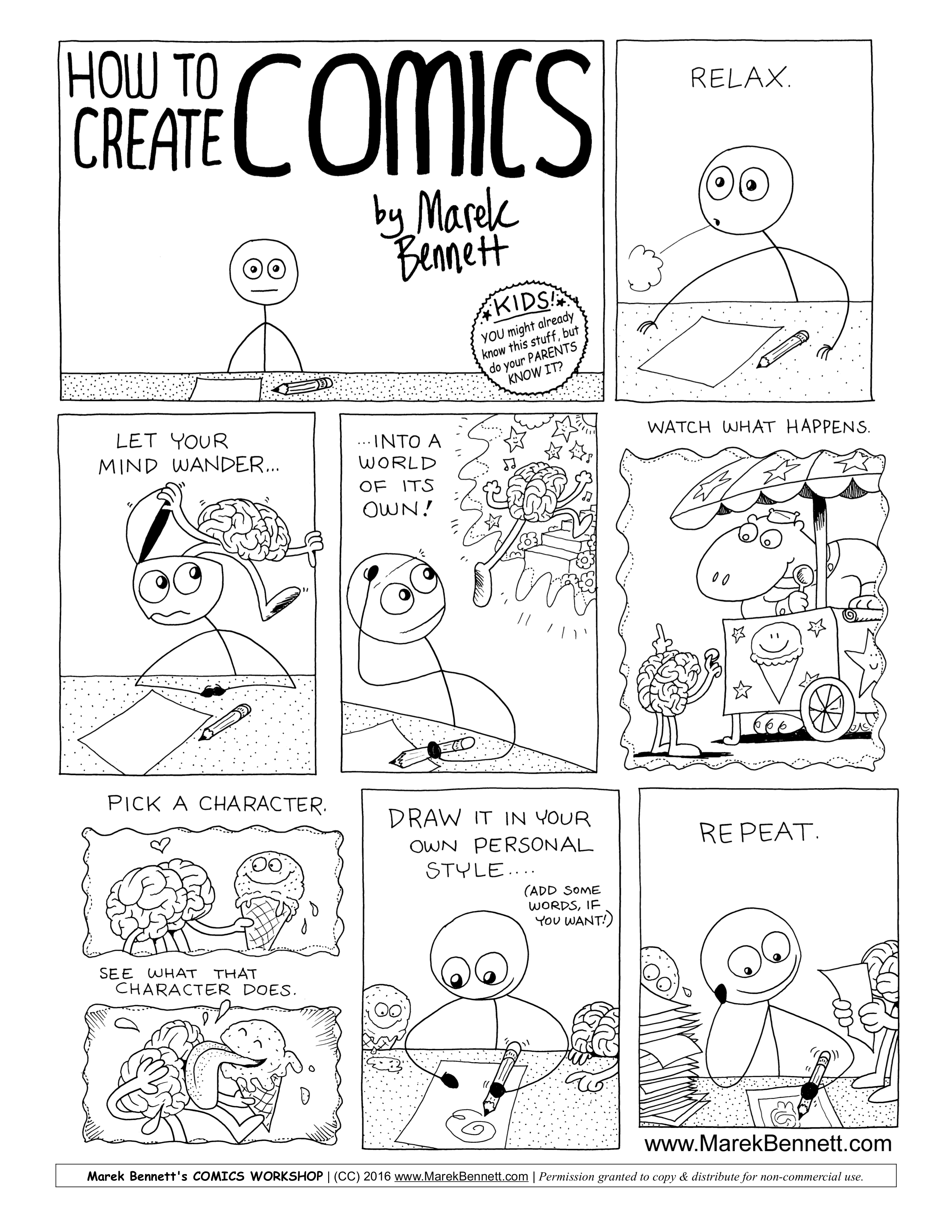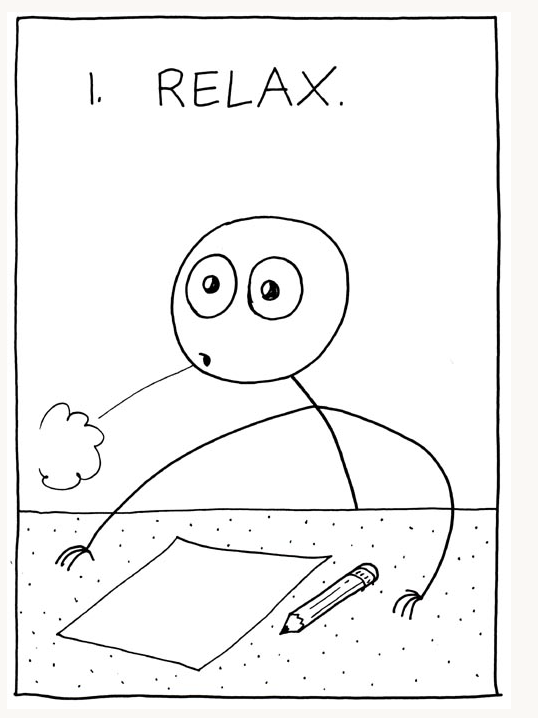The reMARKable comics/zines class
Jason Toal
Your typical, white, male, super-hero comic fan from the 80s. Collecting and marvelling in the stories and artwork that goes into this medium.
Super powers:
- Doodling
- Button pushing
- Bionic hearing
- making noise
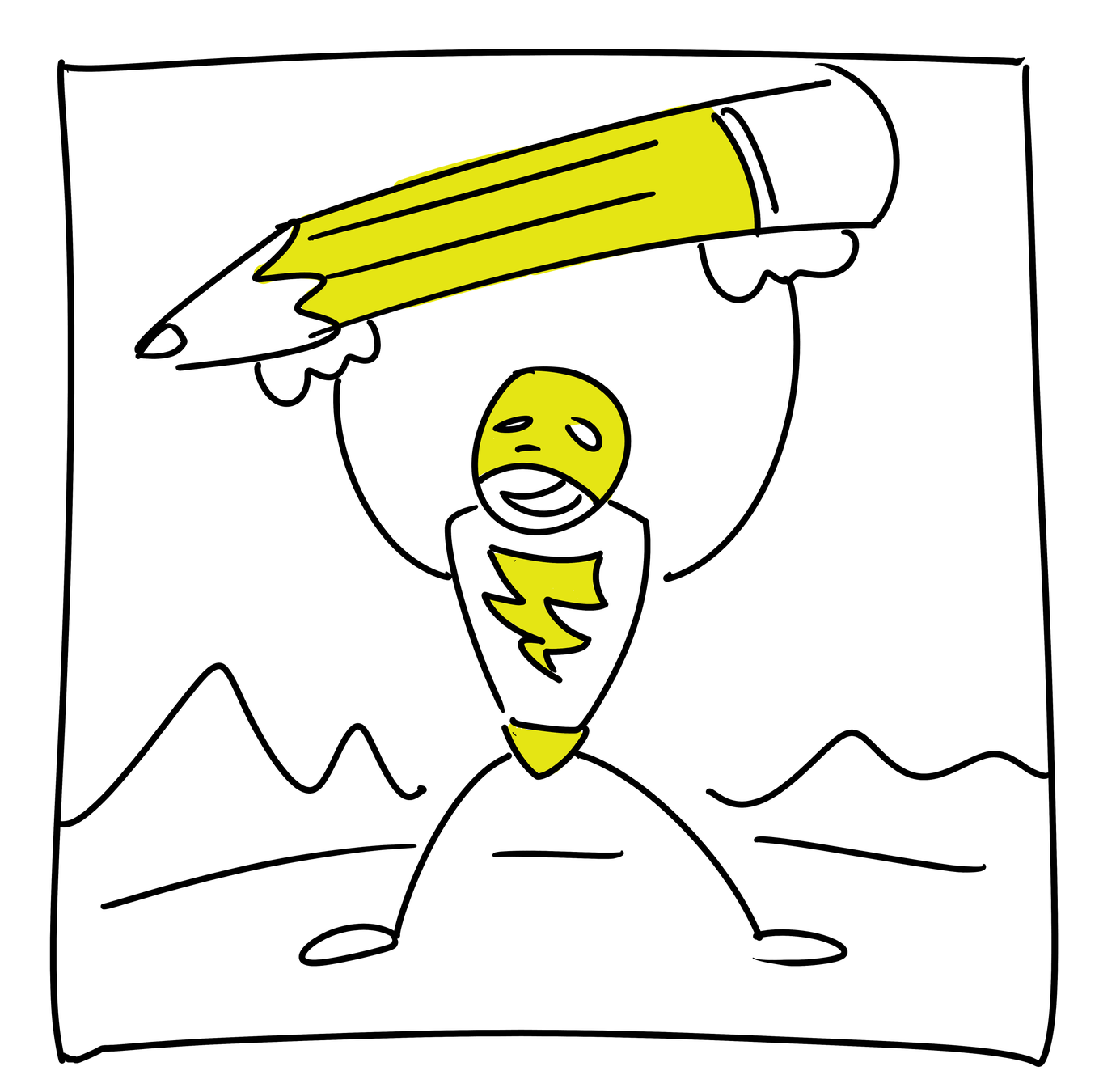
https://slides.com/dragginz/remarkable
This session will
- Show examples of comics, discuss their background and importance
- Look at 2 case studies
- Practice making remarkable marks (ie drawing)
- Create 3 'micro comics' from thin air
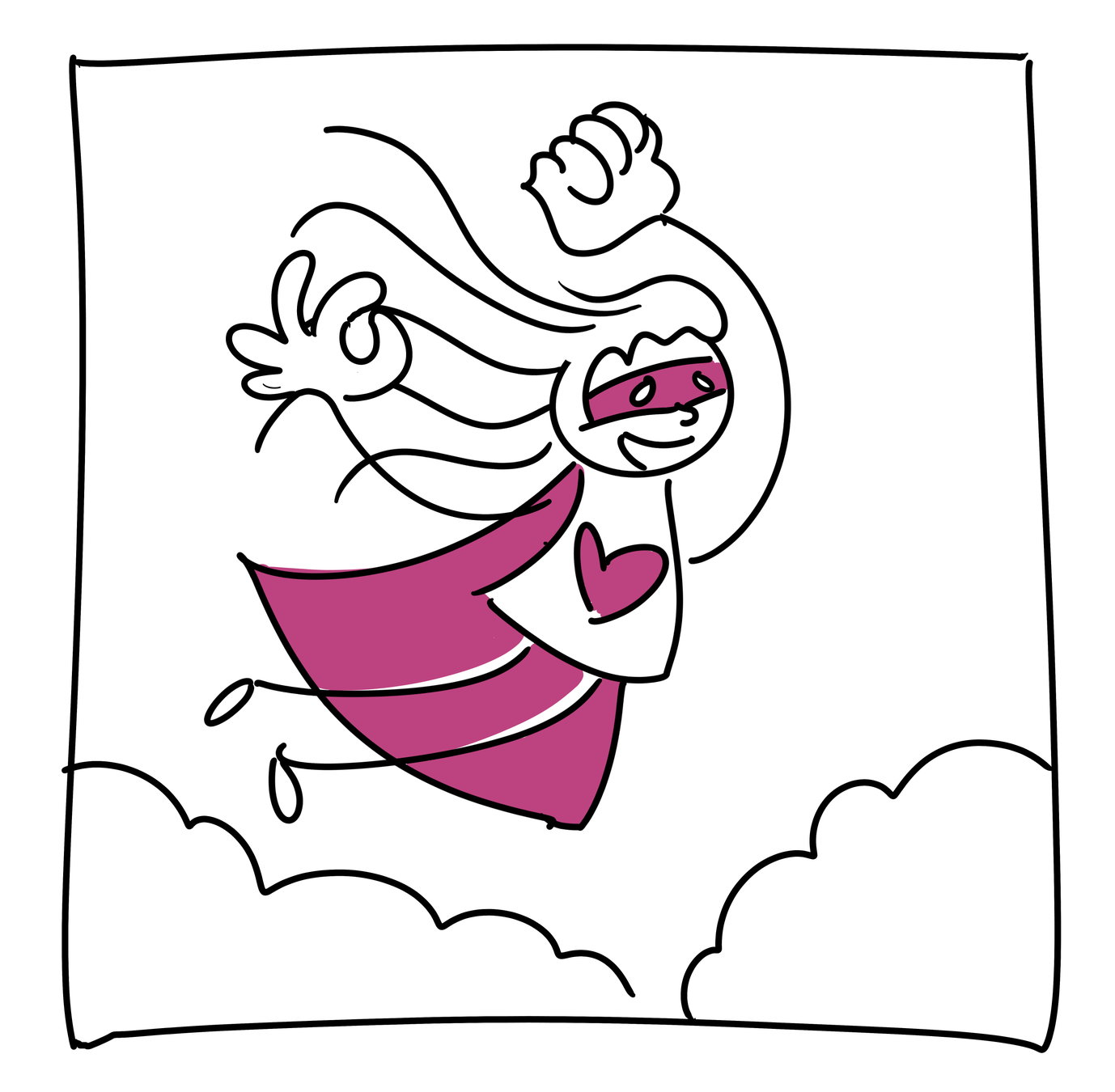
- Wonder twin powers (image and text) ACTIVATE!
- Making meaning in an artifact demonstrates understanding (activity for learning)
- Allows for multiple means of representation (UDL)
- Fun!
WHY? Comics! (or zines)

Who is using comics
-
Educational Technology
-
Health Care
-
Community Outreach
-
Research Communication
-
Teachin
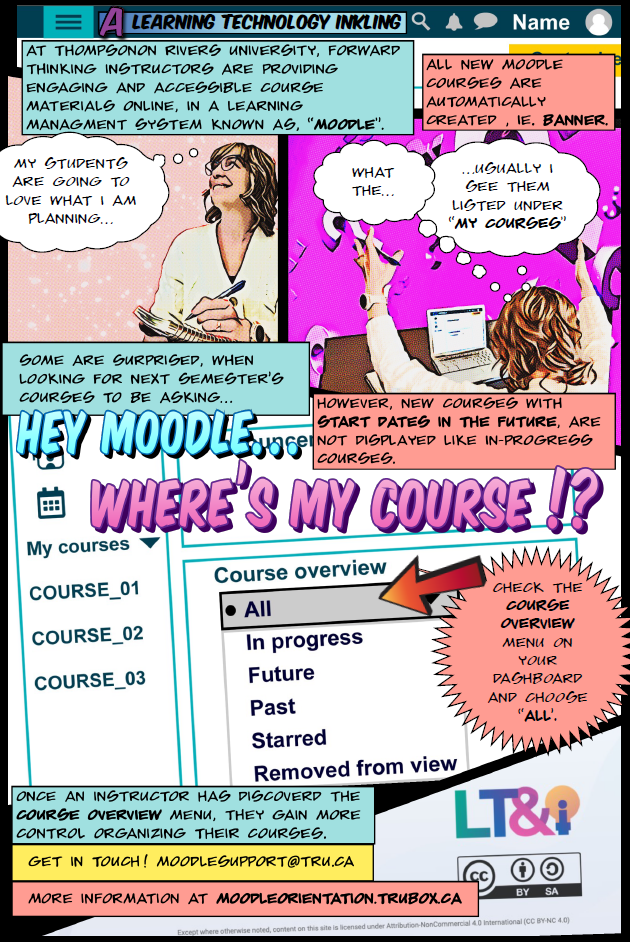
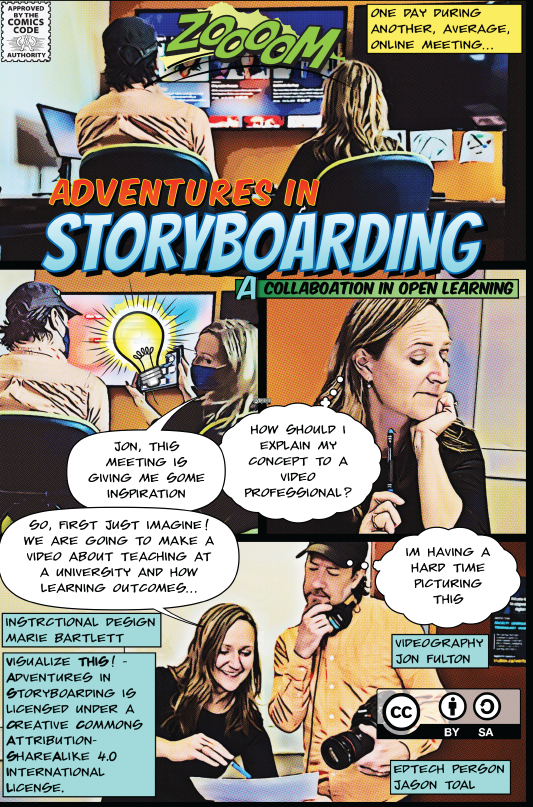
Recent Case Study
-
Dr. Jessica Motherwell McFarlane (Psychology)
Recent Case Study
- Arleigh Bell (TRU School of nursing)
- Layout
- Text
- Image
How Comics work
The form brings a structure (like a book)
The panels for the layout and control the pace
The gutters engage viewer

Ki (起): The first panel forms the basis of the story; it sets the scene.
Shō (承): The second panel develops upon the foundation of the story laid down in the first panel.
Ten (転): The third panel is the climax, in which an unforeseen development occurs.
Ketsu (結): The fourth panel is the conclusion, in which the effects of the third panel are seen
Lets make Comics!
